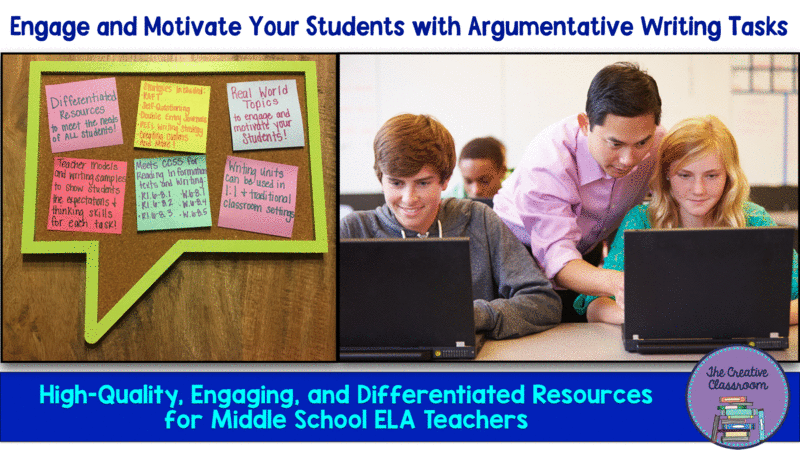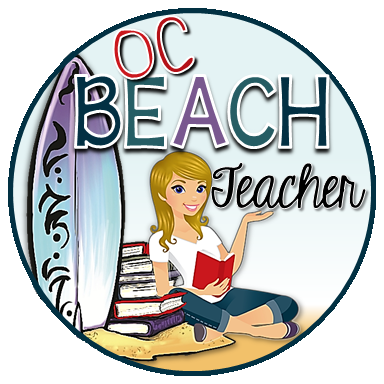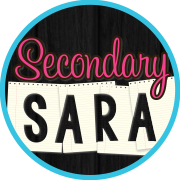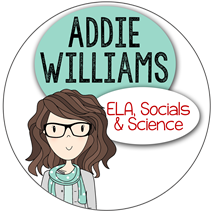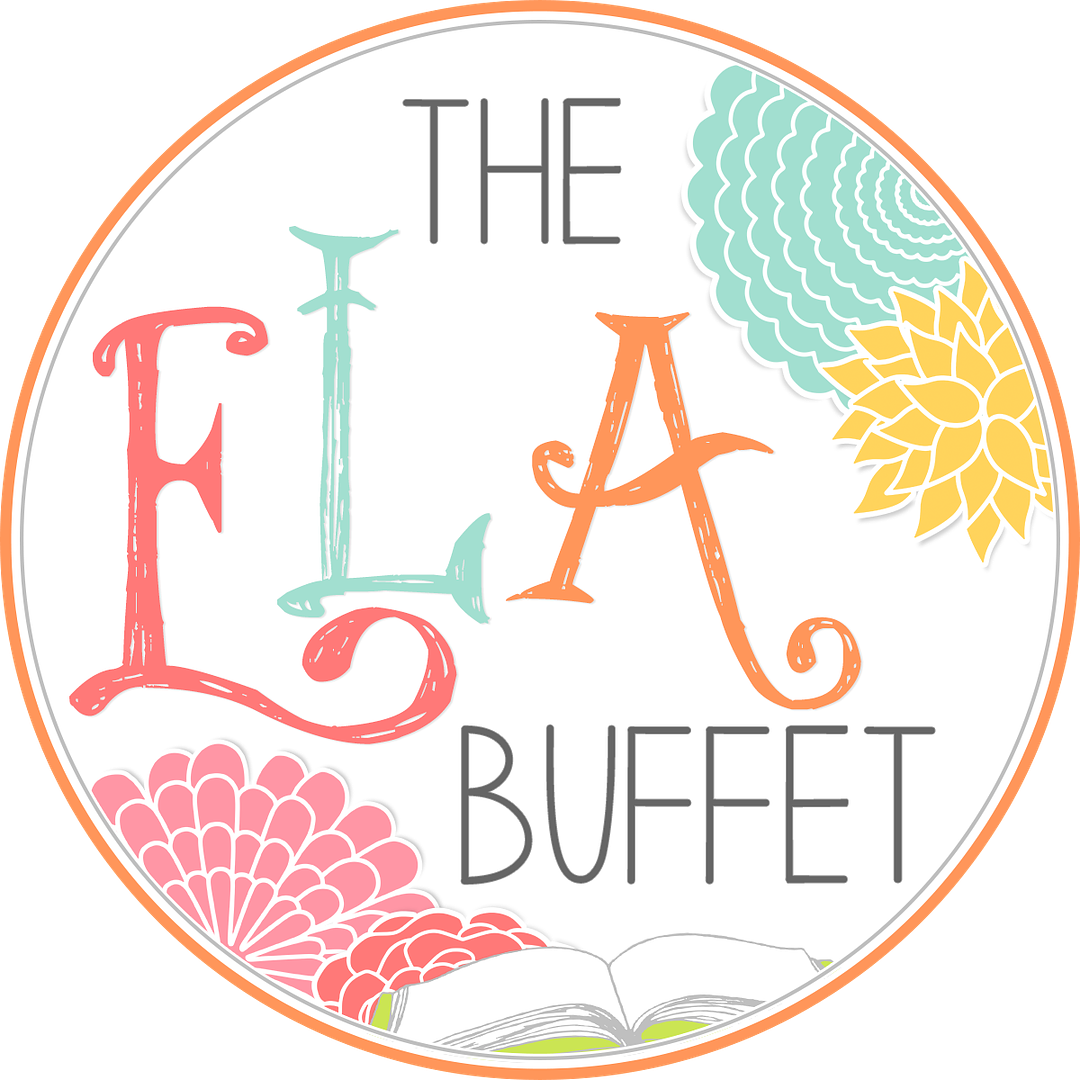The few weeks between the end of Thanksgiving break and the start of Winter Break can feel like an eternity. Students begin to get restless with each passing day as they dream of their extended days off of school; however, the majority of teachers are wishing for those days to go by just as quickly. It can be a challenge to keep students engaged and motivated throughout these few weeks and can often lead to losing quite a bit of your sanity in the process.
Student Self-Reflections: Mid-Year Check
A few year ago, when I first implemented student data folders into my classroom, I knew that before we left for Winter Break that I wanted my students to do some type of mid-year reflection on their progress. It would not only help them to think about their successes, but to also focus on the areas that they still needed to work on during the second half of the school year. The students' self-reflections would not only help them to realize their area of focus, but the reflections would also help give me more insight into my student's thought process on their progress.
 I created a self-reflection guide that focused on three aspects:
I created a self-reflection guide that focused on three aspects:• student success stories/memories
• areas for improvement
• setting a long-term goal for the second half of the school year.
Since this was the first time that I was implementing it with my students and given the fact that I gave it to them on a Monday during our last week of school before Winter Break, I was bracing for struggles and how to handle students who did not take the activity seriously. I had my speech already prepared to give to any student who was less than thrilled or didn't seem interested in the self-reflection, but I was pleasantly surprised when I encountered very little resistant during Core 1. Once I explained to students the WHY behind this activity and how it was important to our ongoing growth process, the majority of them eagerly began their self-reflections. This trend continued through the rest of my classes that day.
 As I sat down to read the self-reflections from my students, I was amazed at the level of thinking that the majority of them had done. For many students, they had identified the same strengths and weaknesses that I had already identified throughout my daily tracking. I made sure to let them know this in the feedback that I wrote on each reflection. Even though leaving written feedback on the self-reflections took quite a bit of time, I felt that it was necessary to let my students know that I had read their reflections and that I took what they had written seriously. The last thing you want students to feel is that they completed something this important for it to just be tossed aside or filed away.
As I sat down to read the self-reflections from my students, I was amazed at the level of thinking that the majority of them had done. For many students, they had identified the same strengths and weaknesses that I had already identified throughout my daily tracking. I made sure to let them know this in the feedback that I wrote on each reflection. Even though leaving written feedback on the self-reflections took quite a bit of time, I felt that it was necessary to let my students know that I had read their reflections and that I took what they had written seriously. The last thing you want students to feel is that they completed something this important for it to just be tossed aside or filed away.Getting Feedback from My Students
I was not even halfway through the student self-reflections when I had an idea. If my students did such a great job at self-assessing their own progress and next steps, what else could I learn from them to help myself grow as a classroom teacher? Winter Break was always a time where I would rest and enjoy the holidays with my family, but I'm not ashamed to admit that I would spent a good deal of my time off thinking about school and what I could do differently during the second half of the year. Usually this consisted of me reflecting on what I thought worked and didn't work; however, I never really thought of asking my students' opinions.After I had finished going through the student reflections, my next task was to create some type of survey or activity that my students could complete to give me feedback about their experiences in my classroom during the first half of the school year. In order to do that, I needed to figure out what information did I want to get from my students. In addition, it needed to be a concise and simple activity like the self-reflections that way it would be easy to keep students engaged. As I brainstormed for the student survey, I settled on these four things being the most important information that my students could give me:
 • A favorite lesson (this would allow me to identify trends among student responses and identify what made these lessons a success with students)
• A favorite lesson (this would allow me to identify trends among student responses and identify what made these lessons a success with students)• A least favorite lesson (this would allow me to identify trends and identify what caused these lessons to not be popular or favorable with students)
• The specific things that we did in class that students felt helped them to grow and be successful
• The specific things that students felt could be revamped or improved
Just like when my students completed their self-reflections on their own progress, I made sure that I thoroughly explained WHY the Mid-Year Reflections survey was important and how I would use it to help reflect on my own teaching practices. I let my students know that I would be using their advice and responses to help identify those things that worked and that they liked during the first half of the school year and those things that they didn't like or feel like helped them. In addition, I stressed the importance of them being honest and to not be afraid of hurting my feelings. One of the most important aspects of this activity was that I did not require my students to put their names on these activities. I did not want them to feel like I would hold them accountable or become upset with them when they gave me their honest feedback and reactions to my class. Making these surveys anonymous is one of the most important factors in helping this activity be successful for both students and teachers.
To say that this activity was a real eye-opener for me is a complete understatement. Any skepticism that I had on how serious my students would take this activity vanished after glancing through the surveys from my morning classes. Not only did this activity verify some of my own thoughts on what the best moments or things about my class were, but it also gave me valuable insight into some things that I needed to adjust within my classroom instruction. For example, many of my students felt like their opinions were valued in my class and that they felt comfortable with sharing them; however, they didn't feel like they had enough opportunities to discuss their opinions and thoughts with more than their shoulder partner or group partners. Without this activity, I probably would not have even thought to reflect on this aspect of my classroom instruction.
As I was going through all of the student surveys, I took a sheet of paper and created a T-Chart to record the most important information and the repeated things that my students wrote down. By the time I was finished, both sides of my list were filled with helpful and insightful suggestions from my students. During Winter Break when I met with my co-teacher to map out a long range game plan for the second half of the school year, we used that list to help us brainstorm how we could incorporate student ideas into our lessons and what skills or strategies that we needed to continue using. It made things so much easier when we were planning to not only use our own reflections and experiences but also our students' wise words.
The level of success that we experienced during the second half of the school year by utilizing our students' suggestions and giving them more ownership of their own learning was incredible. Not only did student engagement become less of a problem, but behavior issues decreased and our students experienced gradual but consistent growth. To say that this activity was a game-changer in my classroom is an understatement. It is the main reason that I have incorporated this activity at Winter Break and at the end of the school year.
Take the leap and give your students an opportunity to not only reflect on their own learning and growth, but to also provide you with meaningful feedback about your classroom instruction. I hope that you find as much success with this activity with your students!

You will get the following resources in this freebie:
• Student Self-Reflection Activity: Reflecting on my Journey
• Teacher Model for Student Self-Reflection
• Mid-Year Reflections: Student Reflection Survey
• Mid-Year Reflections: Letter to My Teacher
Don't Miss This Exciting News!
Head on over to Mud and Ink Teaching's blog to read some fabulous advice to save your sanity!
I'd also like to take this opportunity to thank Amanda from Mud and Ink Teaching for allowing me to co-host this amazing blog hop with her!
The 12 Days of December
Don't forget to click here to visit The 12 Days of December Blog Hop website for a chance to read all of the other valuable tips and advice from over 20 Secondary Teacher-Authors.












